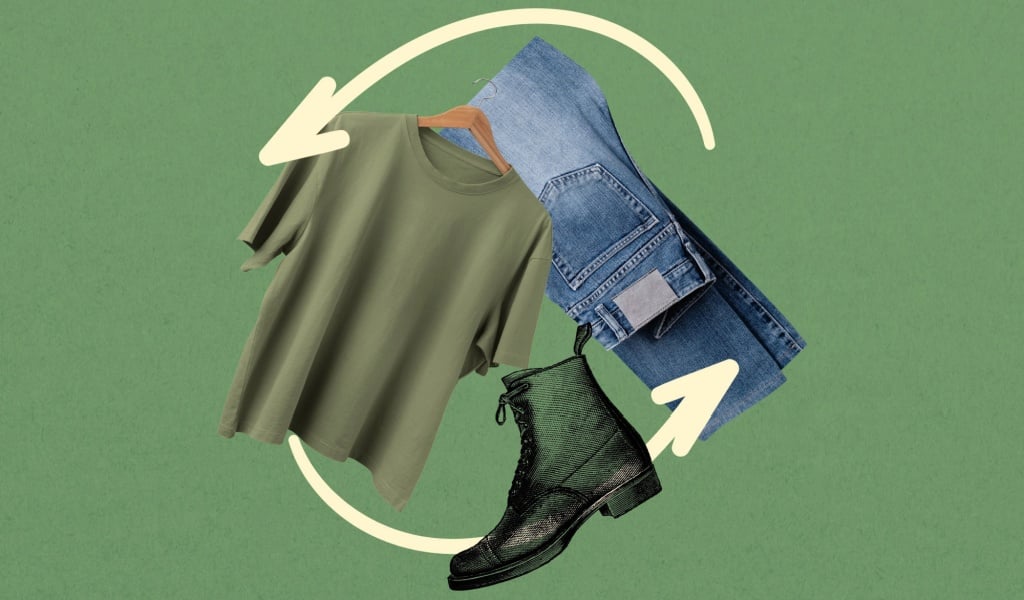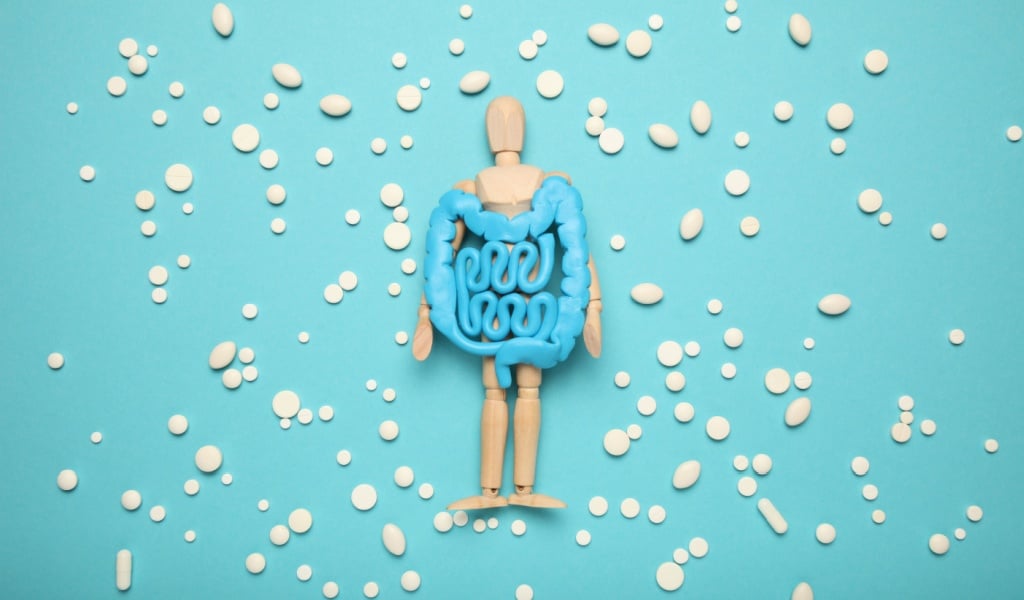Fashion is more than just clothing; it reflects cultural norms, societal values, and creativity. Like any brilliant story, fashion trends have a beginning, middle, and end, with each stage playing a crucial part in the overall cycle. If you’ve ever noticed a particular style go from niche to everywhere and back to never again, you’re seeing the natural evolution of a fashion trend. Let’s examine the five typical stages that are common to all fashion trends.

Introduction
All fashion sensations begin with an idea – the phase where a designer, influencer, or celebrity introduces an innovative new look or concept to the world. It can be something as dramatic as a new material or an exclusive design. Do you recall how denim was once a revolutionary fabric?
This phase is all about innovation and exclusivity. Often, trends are initially seen on the runway at Fashion Week or in the hands of prominent figures. These styles are expensive and available only in limited quantities, making them less accessible to the general public. During this stage, the trend is somewhat of a fashion secret; only the fashion-forward and trendsetters are aware of it, and they flaunt it proudly.
Rise
As the trend gains attention, it expands beyond its niche, reaching a broader audience through social media, street style, or celebrity endorsements. Celebrities and influencers play a crucial role in promoting the trend, often wearing it on red carpets or posting about it on Instagram and other social media platforms. The rising stage is when the trend shifts from being exclusive to becoming more popular.
Retailers and brands observe the growing demand and begin producing variations of the look. What was once an extravagant, luxury fashion item now appears in mass-market outlets at a reasonable price. Customers can find it on shelves or online, making it easier for everyone to follow the trend. Influencers and celebrities often make this transition smoother, with social media serving as a catalyst that makes the trend more noticeable and accessible to everyone.
Peak
The peak is the phase where the trend reaches maximum exposure. It’s everywhere, on every influencer’s Instagram, in every shop, and frequently featured in fashion magazines and advertisements. At this stage, a trend becomes ‘the thing” to wear, and it seems like the whole world is adopting it!
The peak is both the most thrilling and dangerous stage for a fashion fad. It’s exciting because the style is now extremely popular and is being used everywhere from the ramp to fast fashion shops. Still, excessive exposure also indicates the beginning of the trend’s journey to obsolescence. The trend may have lost some of its original appeal at this point, as it has become an essential item in wardrobes rather than something fascinating or unique.

Decline
Every trend has a shelf life, and the decline is unavoidable. After the peak, customers begin to seek something new. Since the market is overflowing with the trend, people start to feel like they’ve seen it too much. The excitement of wearing something new wanes as it becomes more common and less exclusive.
Due to lower demand, retailers offer discounts and sell items at reduced prices to clear inventory. High-end and luxury brands may stop manufacturing the style, leaving mass-market outlets with their last-season pieces. At this stage, the hype subsides, and its significance and appeal diminish. What was once coveted is now cast aside to the sale racks or, worse, discarded as outdated!
Obsolescence
Finally, the fad becomes outdated. People no longer associate it with the “new” or “exciting”; it’s simply no longer fashionable. At this stage, it loses its prominence. It’s no longer on the runways, it’s not featured in magazines, and it’s rarely seen on influencers or in stores. These pieces are now confined to the back of the wardrobe or are only available in thrift stores or resale markets.
However, fashion is recurrent. Trends often resurface in style after a few years, and what was once outdated can be revived as “retro” or “vintage.” If you’ve ever noticed a style from the ’90s or early 2000s sneaking back into your closet, you’re witnessing this cycle in action. After all, fashion is driven by nostalgia!
Why It’s Important to Understand the Fashion Cycle
Fashion trends reflect our cultural and societal values, and every phase plays a role in defining those values. The introduction phase is tied to innovation and bravery, while the peak is all about gaining widespread recognition. The decline and obsolescence stages may seem like the end, but they open doors for new visions to emerge. And most importantly, every cycle provides an opening for reinvention. What’s old can be new again, and that’s the miracle of fashion!
Fashion’s cyclical nature means today’s out-of-style style could be tomorrow’s next big hit. Who knows? That pair of neon-green cargo pants kept in the back of your wardrobe might be the highlight of the upcoming season’s collections. So, whether you’re watching a trend rise or wane, just remember: fashion is constantly evolving, and what goes around always comes around.
Conclusion
Ultimately, fashion trends are not only about clothes; they are about history, culture, and the ever-changing ways we present ourselves. So next time you feel like throwing away that last season’s outfit, think twice because it might make its grand comeback again!



